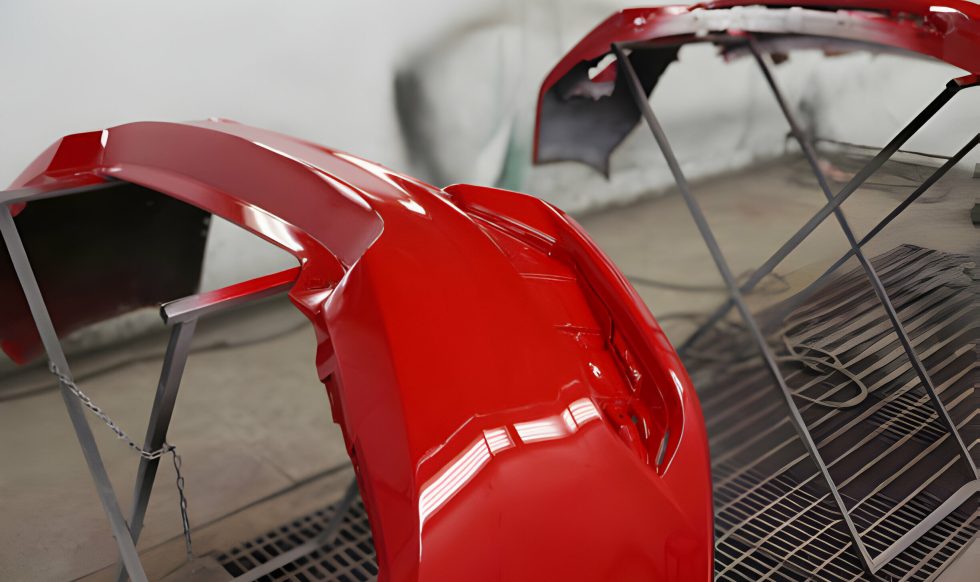
Automotive Refinishing & Paint Restoration in Sydney
Automotive refinishing, also known as auto painting or automotive paintwork, involves the process of restoring or enhancing the exterior appearance of a vehicle through painting or refinishing techniques. Here’s an overview of the automotive refinishing process:
Surface Preparation: The first step in automotive refinishing is preparing the vehicle’s surface. This includes cleaning the exterior thoroughly to remove dirt, grease, and other contaminants. Surface defects such as dents, scratches, and rust are also addressed during this stage.
Masking and Taping: Areas that are not being painted, such as windows, trim, and lights, are masked and taped off to protect them from overspray and paint damage.
Priming: A primer is applied to the vehicle’s surface to promote adhesion and provide a smooth base for the paint. Primers also help to seal and protect the underlying metal or substrate.
Bodywork and Repair: If there are any dents, scratches, or other imperfections on the vehicle’s surface, they are repaired during this stage. This may involve techniques such as sanding, filling, and shaping to restore the bodywork to its original condition.
Color Matching: Before applying paint, technicians ensure that the new paint matches the existing color of the vehicle. This is done using color matching tools and techniques to achieve a seamless and uniform finish.
Paint Application: Automotive paint is applied to the vehicle’s surface using various methods, including spray guns, airbrushes, or paint pens. Multiple layers of paint may be applied to achieve the desired color and finish.
Clear Coating: After the paint has dried, a clear coat is applied to protect the paint and provide a glossy finish. Clear coats also help to enhance the depth and shine of the paint and provide protection against UV damage and environmental elements.
Curing and Drying: Once the paint and clear coat are applied, the vehicle is allowed to cure and dry properly. This may involve using heat lamps or infrared drying systems to expedite the drying process.
Buffing and Polishing: After the paint has cured, the vehicle’s surface is buffed and polished to remove any imperfections, such as orange peel or overspray, and to achieve a smooth and glossy finish.
Final Inspection: The vehicle undergoes a final inspection to ensure that the paintwork is flawless and meets quality standards. Any touch-ups or corrections are made as needed to ensure customer satisfaction.
Automotive refinishing requires specialized skills, tools, and materials to achieve professional results. It’s essential to follow proper techniques and safety precautions to ensure a high-quality finish and long-lasting durability.
